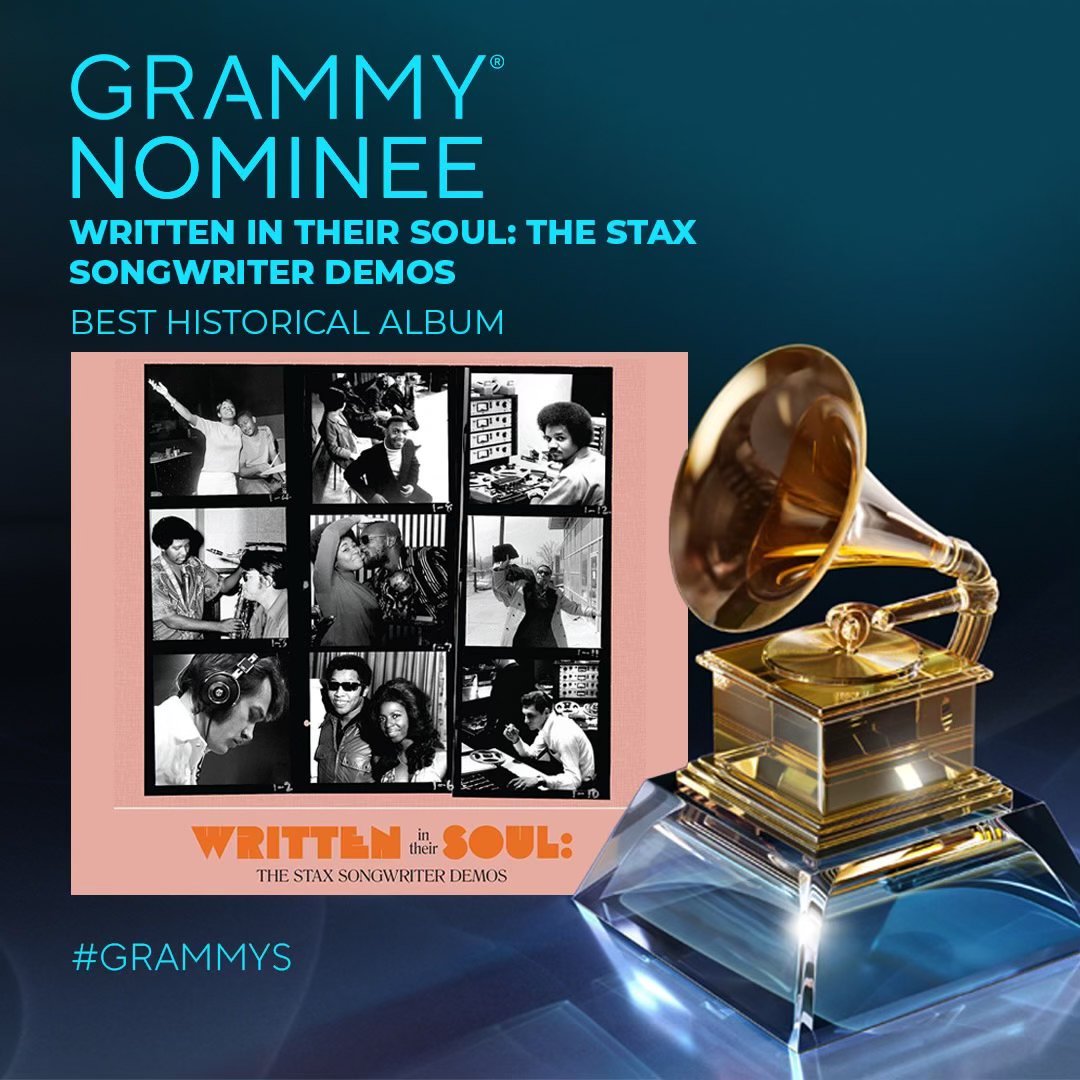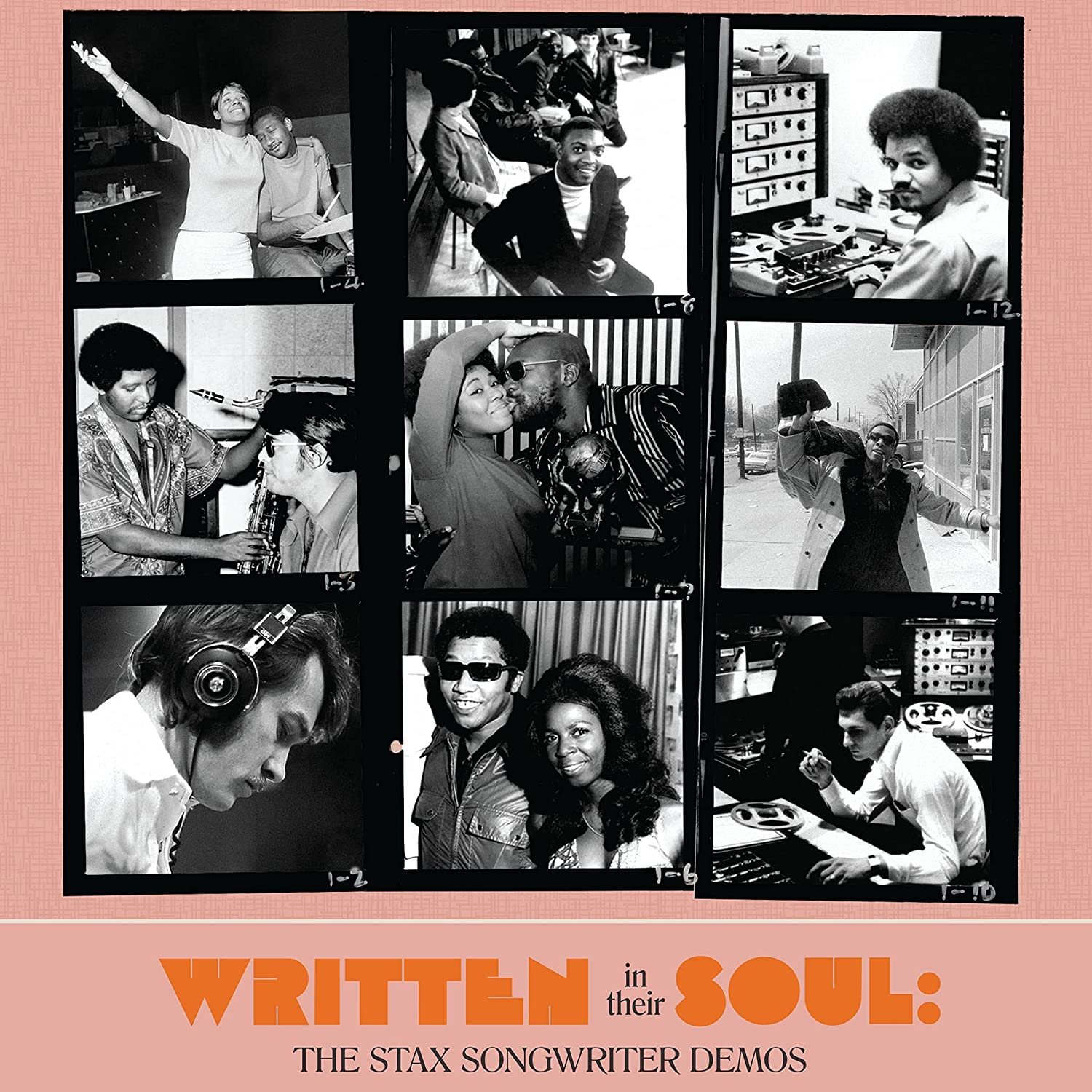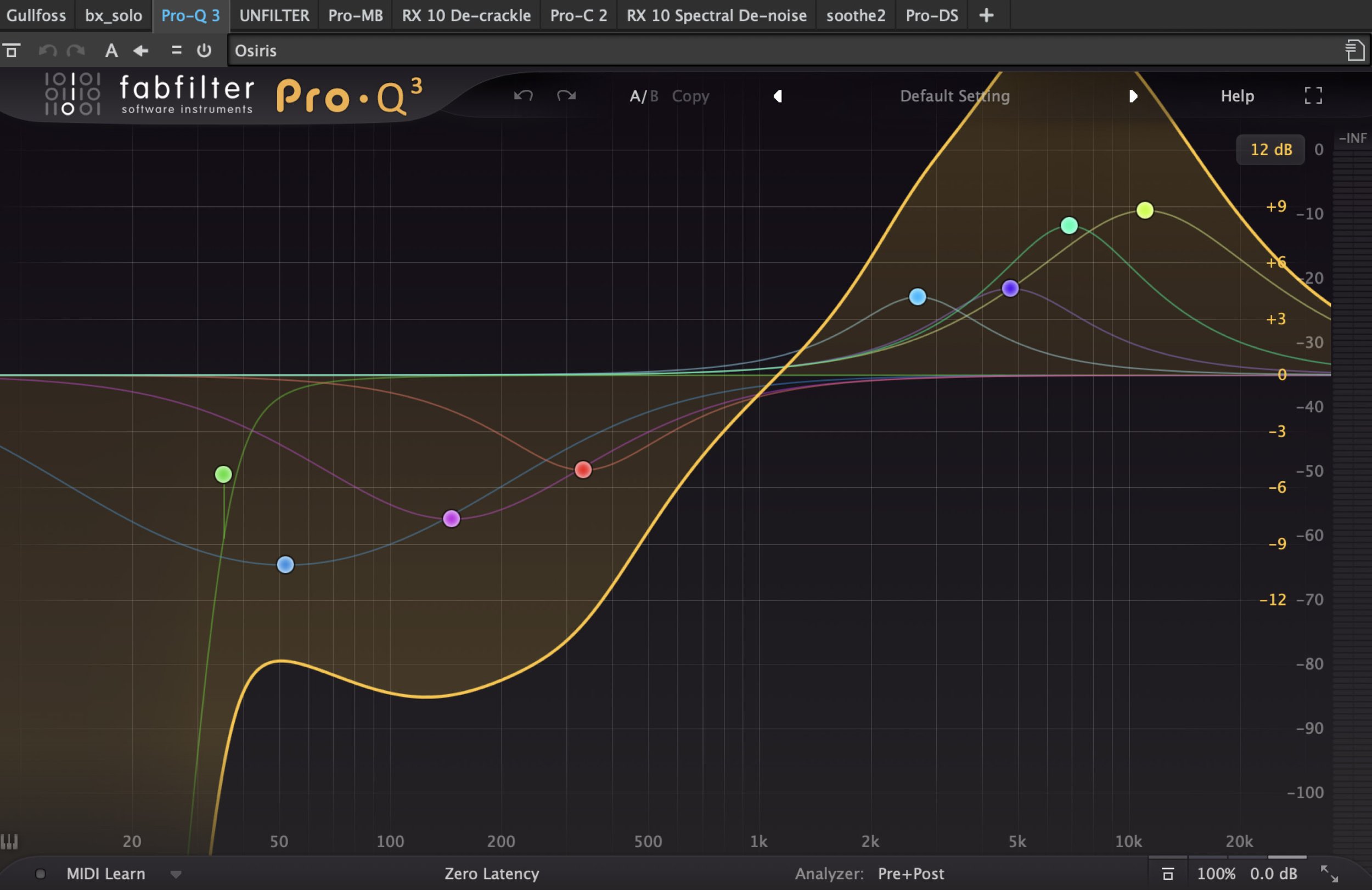People are saying very nice things about Written In Their Soul: The Stax Songwriter Demos.
“….may be the greatest behind-the-scenes glimpse into the process of making records since The Beatles’ Anthology series…” - Alex Greene, Memphis Flyer, 6/22/23
“...deserving accolades for this monumental project is the restoration and mastering done on all tracks by Michael Graves….He certainly deserves Grammy consideration for his yeoman duty, as the acoustics on this set is excellent…This is a must-have for fans of the label, who can gain insight into the craft of Stax songwriters. And a giant Bravo goes out to Omnivore’s Cheryl Pawelski, for her vision and perseverance to see this labor of love to its issuance.” - Jeff Krow, Audiophile Audition, 6/24/23
“...arguably the most significant archival release in years…Those demos are an important part of the story…Taken as a whole, they help complete the picture, opening a window into the process of creating [Stax’s] revered body of work…” - Bill Kopp, Goldmine Magazine, 7/18/23
“New Stax collection will make you rethink one of American music’s most important record labels…a much more profound story being told about the label…an essential piece of music history…All of [the recordings] deepen, broaden, and complicate our understanding not only of Stax but of Southern soul and Sixties/Seventies popular music.” - Jonathan Bernstein, Rolling Stone, 6/22/23
“The Mother Lode has landed…It goes without saying that Stax Records in Memphis will always be the most revered true soul music entity of all-time…WRITTEN IN THEIR SOUL: THE STAX SONGWRITER DEMOS really does feel like the music’s Bible…This is a full-on hallelujah moment, and gives real rejoicing for an accomplishment that only happened once. Sing it loud.” - Bill Bentley, Americana Highways, 6/29/23
“...fantastic…a holy grail…a very high quality production…” - Mark Smotroff, Audiophile Review, 6/21/23
“...a veritable treasure trove of soul and R&B songs and serves as a portal to a period of music history that has had a huge impact on music today…This collection is a must have/listen for fans of soul, funk and R&B, and those that appreciate music history.” - Joey Willis, Glide Magazine, 6/26/23
“One of the more fascinating releases of the year” - George Harris, Jazz Weekly, 6/12/23
“...nothing short of epic…beautiful imperfections…so well put together…” - Elvis Mitchell, KCRW (Los Angeles), 6/17/23
“Written in Their Soul: The Stax Songwriter Demos is a monumental document, proving once again that Stax soul runs deep.” - Michael Elliot, No Depression, 6/22/23
“...a treasure trove to discover.” - Joerg Feyer, - Rolling Stone Germany, 6/23/23
“...a compelling argument that there is still much to learn about the iconic soul label…For fans of Stax Records or soul music more generally, Written In Their Soul: The Stax Songwriter Demos is a revealing inspection of the creative process and addendum to the Stax story.” - Ezra Wheeler, Daily Memphian, 6/22/23
“Written in Their Soul is the stuff of dreams...shed[s] light on the label’s behind-the-scenes creative genius at work…” - Lois Wilson, Record Collector Magazine (UK), July ‘23 issue
“...remarkable…This trove has already become the soundtrack of my summer.” - Tom Wilmeth, Something Else Reviews, 6/26/23

























